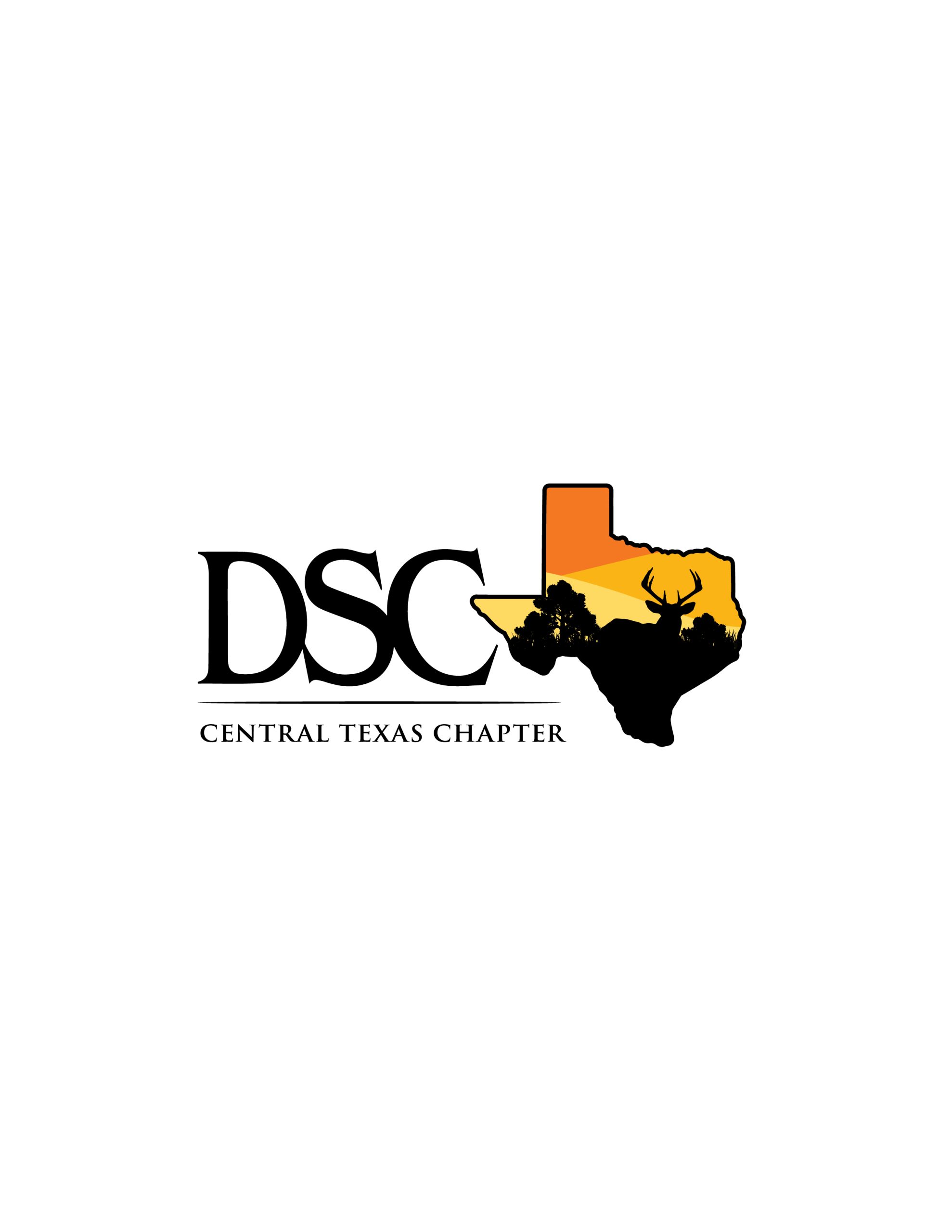November 16, 2019
Dear Mrs. Linton,
We recently saw a news article related to an Instagram post you made expressing your distaste for a lion import permit from Tanzania and hunting overall.1 We are encouraged to see you are very passionate about wildlife and habitat conservation; however, we believe we have two divergent views on how that is accomplished.
According to former chair of the International Union for Conservation of Nature (“IUCN”) Sustainable Use and Livelihoods Specialist Group, Mrs. Rosie Cooney, “[t]here’s only two places on the earth where wildlife at a large scale has actually increased in the 20th century, and those are North America and southern Africa. Both of those models of conservation were built around hunting.” The success of North America’s “user-pay” conservation model is well-established and apparent given the millions of acres of unspoiled habitat set aside for abundant, increasing wildlife populations. Sportsmen and women are the cornerstone of North America’s conservation success. Since 1939, revenue generated by sportsmen and women has provided over $62.1 billion in funding to state fish and wildlife agencies representing over 60% of state fish and wildlife agency funding.2 This same model is mimicked throughout Africa’s wildlife strongholds—only in Africa species like lion, elephant, and leopard are hunted—and Africa should not be punished for their blessings.
Efforts aimed at undermining hunting as a conservation tool can and are having catastrophic consequences on the loss of habitat for all wildlife species. “[T]en years ago, it was estimated that across the 11 main big game hunting countries (South Africa, Namibia, Tanzania, Botswana, Zimbabwe, Zambia, Cameroon, Central African Republic, Ethiopia, Burkina Faso, Benin), the surface area occupied by hunting concessions was 110 million hectares, almost 15% of the total land area of these countries, and in several cases greater than the area of protected areas.”3 That 110 million hectares represents critical habitat and provides large landscapes for wildlife, thus mitigating wildlife habitat and population fragmentation. This amount of habitat has decreased or been rendered financially unviable as a result of restrictions on the importation of legally hunted species such as lion and elephant.
In order to import a lion into the US the United States Fish & Wildlife Service (“FWS”)—as a result of lion being listed as threatened under the Endangered Species Act—must make a finding that the hunting program enhances the survival of the species in the wild.4 Meaning experts in FWS make a science-based determination that issuing an import permit not only conserves the species but in fact, enhances their survival. Thus, actions aimed at destabilizing hunting are in direct conflict with any intent to safeguard the species.
Both the United States Fish & Wildlife Service5 and IUCN6 have identified habitat loss, human– wildlife conflict (lions killing people or livestock resulting in preemptive and retaliatory killing of these animals by local people), and prey base depletion as the primary threats to lion survival. Hunting operators combat this by expending significant resources towards anti-poaching—mitigating the impact of the three driving threats—and community development which builds tolerance for dangerous and destructive wildlife like lion and elephant. An audit of 27 Tanzanian hunting operators from 2013–2015 alone revealed their own contributions of over $6.7 million towards anti-poaching and $3.1 million in community development. Among other successes, this led to the seizure of 6,233 snares and gin traps, 1,557 rounds of ammunition, 171 firearms and the arrest of 1,409 poachers.7 This represents a snapshot of the Tanzanian hunting industry let alone the efforts of hunting operators across the African continent. This information was used by FWS in making their well-reasoned and well-supported decision to issue an import permit with which you are at odds.
People are quick to judge things with which they are unfamiliar and, in many cases, fail to critically evaluate the impact of their own actions. Efforts aimed at undermining legal, regulated hunting can and are having catastrophic consequences. These efforts also challenge the sovereign right of African countries to manage their affairs as they know best, unhampered by Western ideologies and arrogance. As a person of influence, you fully understand your opinion carries great weight. Your current stance on hunting is harming the very species you intend to protect. Conservation in Africa requires a multi-faceted approach especially in light of exponentially growing human populations encroaching on wildlife habitat. Hunting and photographic tourism are not mutually exclusive, and we believe we can work together to ensure lion are free roaming and thriving well beyond our lifetimes.
In closing, we implore you to contact those that actually manage and live with lion—SADC wildlife ministries and rural Africans—to ask them what they need to ensure that these great animals continue to roam wild Africa.
Sincerest regards,
Dallas Safari Club (DSC)
1 https://www.foxnews.com/great-outdoors/louise-linton-wife-steven-mnuchin-trump-administration-trophy-hunting
2 http://congressionalsportsmen.org/uploads/page/CSF_Year_in_Review_2018_.pdf
4 https://www.govinfo.gov/content/pkg/FR-2015-12-23/pdf/2015-31958.pdf (“The Service will evaluate any application received that involves P. l. melanochaita in the context of enhancement of propagation or survival permitting in accordance with our threatened species permitting regulations at 50 CFR 17.32 and issuance criteria for threatened species permits (50 CFR 17.32(a)(2))…Before we will authorize the importation of a sport-hunted trophy, we must determine that the trophy hunting program is managed to ensure the long-term survival of the species.”)
5 https://www.govinfo.gov/content/pkg/FR-2015-12-23/pdf/2015-31958.pdf (“When evaluating whether the importation of a trophy of P. l. melanochaita would be authorized pursuant to 50 CFR 17.32, in accordance with our threatened species issuance criteria, we will examine how a country’s management program for lions addresses the three main threats that have led to the decline of the subspecies: Habitat loss, loss of prey base, and human-lion conflict.”)
6 https://www.iucnredlist.org/species/15951/115130419#assessment-information (“Among the causes of decline, the most important are indiscriminate killing in defense of human life and livestock, habitat loss, and prey base depletion.”) 7 https://4e77d166-f0cf-4bd6-ba9b-1a2e342dd950.filesusr.com/ugd/87ac64_dcddf23899b847d7acbc0b9774eab119.pdf (Operator Enhancement Report Summary); https://4e77d166-f0cf-4bd6-ba9b- 1a2e342dd950.filesusr.com/ugd/87ac64_551c2e2930304cb990f38a79c8a9c562.pdf (Operator Enhancement Report Graphic); https://4e77d166-f0cf-4bd6-ba9b- 1a2e342dd950.filesusr.com/ugd/87ac64_adcf43c541914182bf407dee7d066412.pdf (Cover Letter to FWS Chief of Permits)



